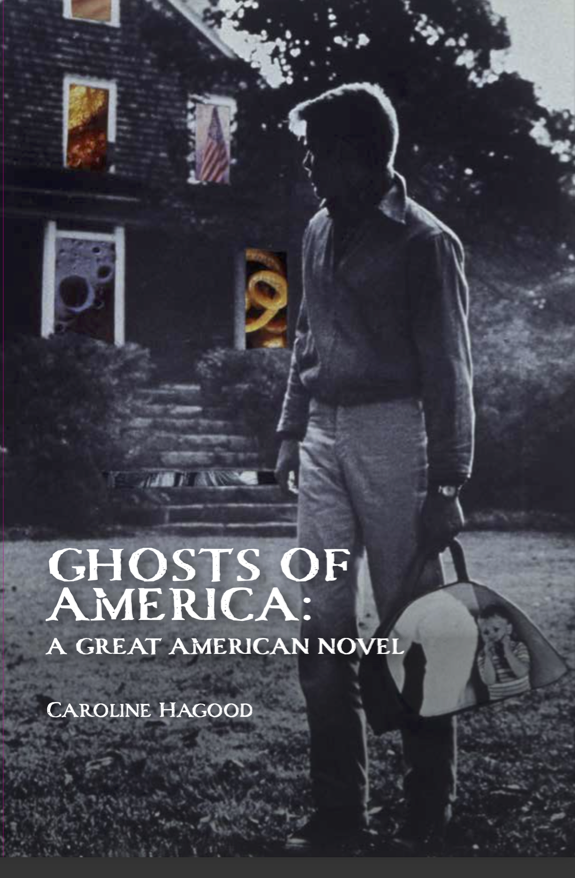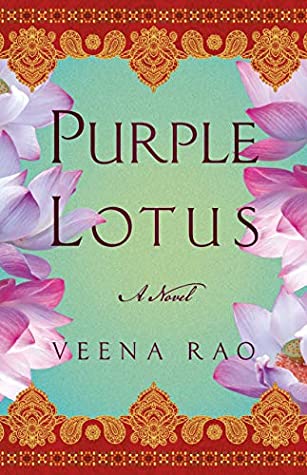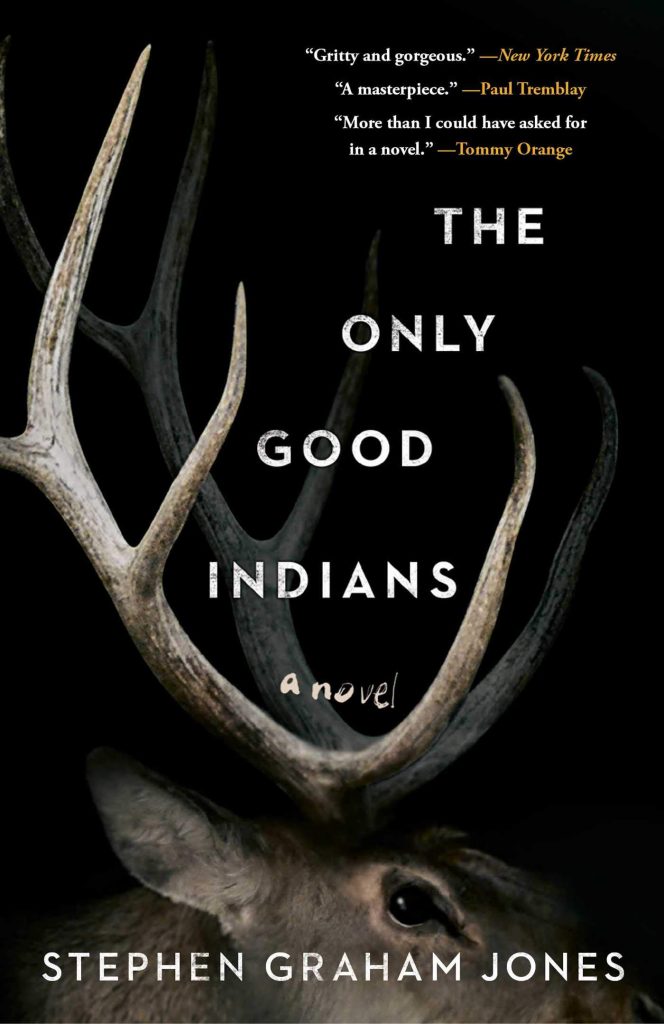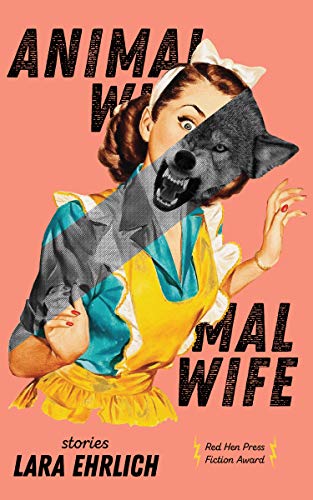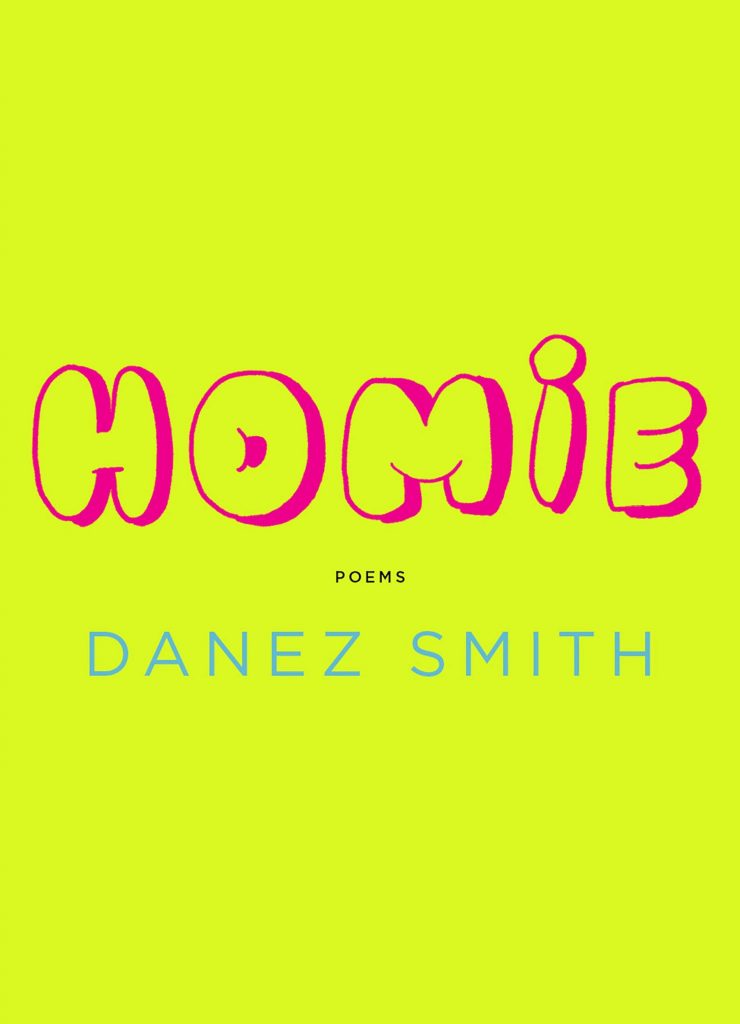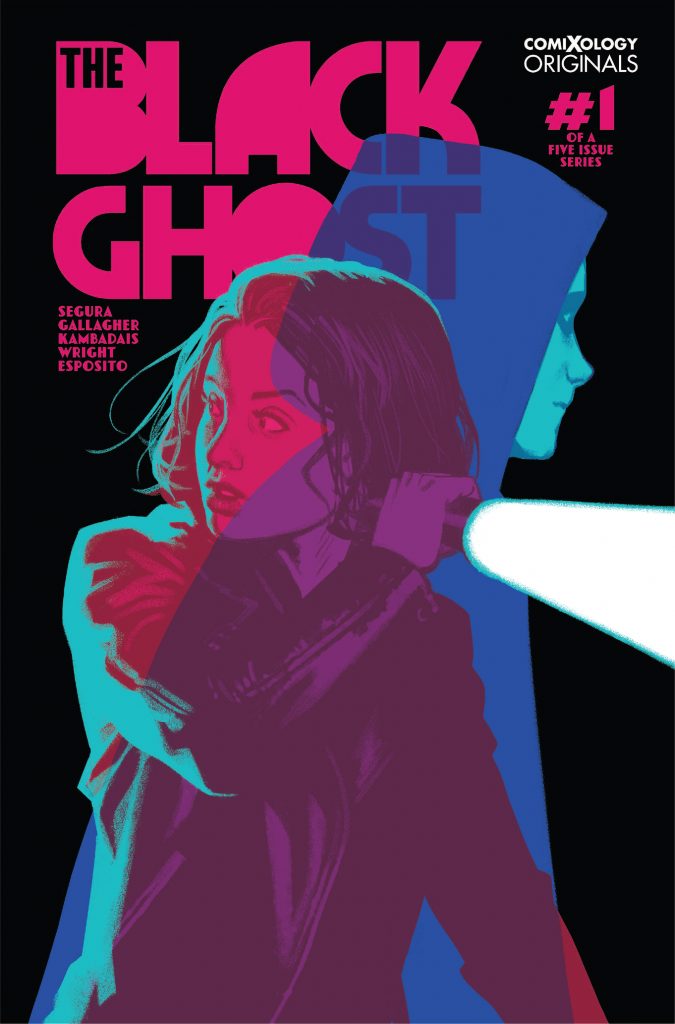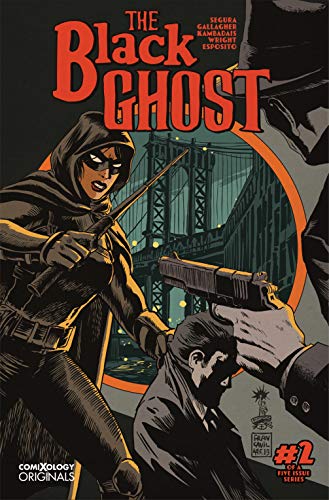
Review by Mitch Levenberg
Caroline Hagood is an Art Monster, and the more I read her prose and poetry, the more monstrous she becomes. She is Frankenstein, Ursula, the Wicked Witch of the West, and Lady Gaga rolled into one. She is also, by the way, not “in the way,” a mother, but as Hagood declares in her new book length essay, Weird Girls: Writing the Art Monster (Spuyten Duyvil Publishing, 2022), the two are not “mutually exclusive.” “I absolutely find it to be practically a fight to the death,” she says, “to ensure that the duties and expectations of ‘mother’ and ‘woman’ don’t suck up the artist in me . . .I think if you fight tooth and nail for your art, being a mother can feed it.”
Yes, this is a monster story, a mother story, a declaration of independence perhaps, a “taking back of art from men . . . for mothers—even if it is a bloody battle.” Woman as monster. Monster as artist. Woman as artist. Monster as mother. …” the M of Mother and the W of Writer as flipped versions of each other.’ “When I got pregnant,” she says, I “contained multitudes.” She is the best monster her kids know. “I chase them around the house while roaring loudly and they love it. . .And then it starts: the monster questions: “Are there any nice monsters?” They ask. You don’t have to be afraid of monsters,” she tells them, “Because I’m queen of the monsters. Mommy Monster, and they’re all afraid of me.’” Her children are her inspiration. These sticky creations are also her art. She sees her “literary and biological creation as feeding one another.”
Hagood is keen on “crafting a new genre for women in ‘my workshop of filthy creation’ just like the one Dr. Frankenstein had. This time I’ll make do with this sticky desk in my kid’s room.”
Indeed, according to Hagood, Mary Shelley’s Frankenstein “can simultaneously be read as a book about three kinds of creation: the creation of an actual monster, the creation of a book, and the creation of a child.”
Then there’s Lady Gaga, a particular favorite in the author’s “art monster coven of women,” Lady Gaga, who “march outside the expected gender and sexuality borders,” whose song Frankensteined “creates an alternate reality, a safe space, in which the woman monster lives to tell her story.” The Bride of Frankenstein is doomed to destruction in both novel and film, but in Gaga’s Frankensteined, she lives to dance to the beat of her own ‘twisted rhythms and create create create.’” Gaga becomes mother monster “to what we can only imagine will become a gaggle of ‘little monsters’ . . . She too, like Shelley becomes the tripartite monster giving birth to herself, her music, her fans.
Entering Caroline Hagood’s mind, is like entering a living room, or maybe a “sticky kids’ room,” littered with lots of esoteric fun and games for the imagination, dog leafed books and journals, notepads with brilliant insight and grocery lists of who and what we should all be reading. When listing all the “hybrid and super cool work being done by women writer’s today,” she parenthetically tells us to “email me and I’ll send you too long of a list.”
This book length essay is made up not so much of chapters but of chapterettes, observations, allusions, conversations, fragments, revelations, suggestions, asides, creating a whole book, like body parts stitched together to make a whole monster, reflecting the author’s intention to “derange reality . . .fragment it . . .make of it a mosaic, a collage.” Reading this book, sometimes I feel like Frankenstein’s monster, leaping from chapter to chapter, thought to thought, speculation to speculation, as if from one craggy mountain or beautiful azure lake to another.
Hagood takes us, as usual, on a wild journey, through body and mind, from the reality of her kids’ poop and dirty diapers to the mythical labyrinth of the Minotaur, “that real world counterpart to our inner space, external corollary to the thrilling but baffling inner tangle within us.” How wondrously entangling, how grammatically labyrinthine is that sentence alone!
“Perhaps.” she reflects, “philosophers link labyrinths to thought structures because of this eerie sense we have that we inhabit something that seems patternless but if we can only rise above ourselves and take a look, we’d suddenly get it.” Indeed, the structure of the book itself is somewhat “patternless” as if she has constructed her own labyrinth, her words, her memories, her aspirations, leading herself and us along the winding road towards revelation.
“. . . the labyrinth fascinates me,” she continues, because of the monster at its center, at the center of us all . . .as a writer I don’t run from the monster but towards it, beg it to haunt my labyrinth. The monster is the story, the inspiration, the beating heart of the narrative. . . The writer is the one who navigates the labyrinth, encounters the monster, and lives to tell about it.” And it is in the “telling about it,” that we begin to hear our own hearts beat louder, as with joy and anticipation we welcome another great art monster to the world.
Mitch Levenberg has published essays, reviews and short fiction in such journals as Fiction, The New Delta Review, The Saint Ann’s Review, Local Knowledge, The Assisi Journal of Arts and Letters, The Same, and others. His collection of stories, Principles of Uncertainty and Other Constants was published in March 2006. He teaches Writing and Literature at St. Francis College in Brooklyn Heights, N.Y.
![[PANK]](http://pankmagazine.com/wp-content/themes/pank/assets/images/pank-logo-large.png)

